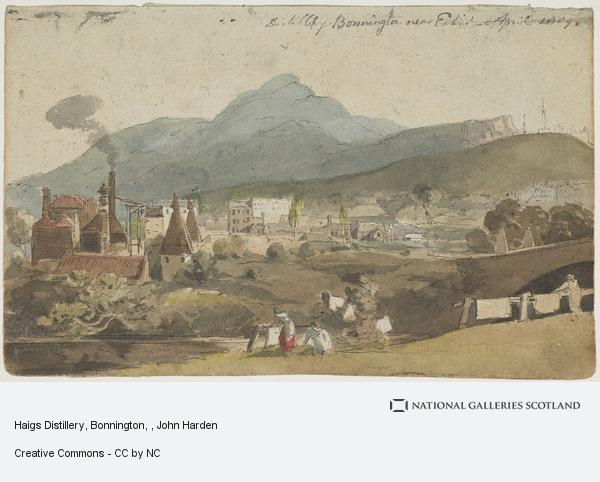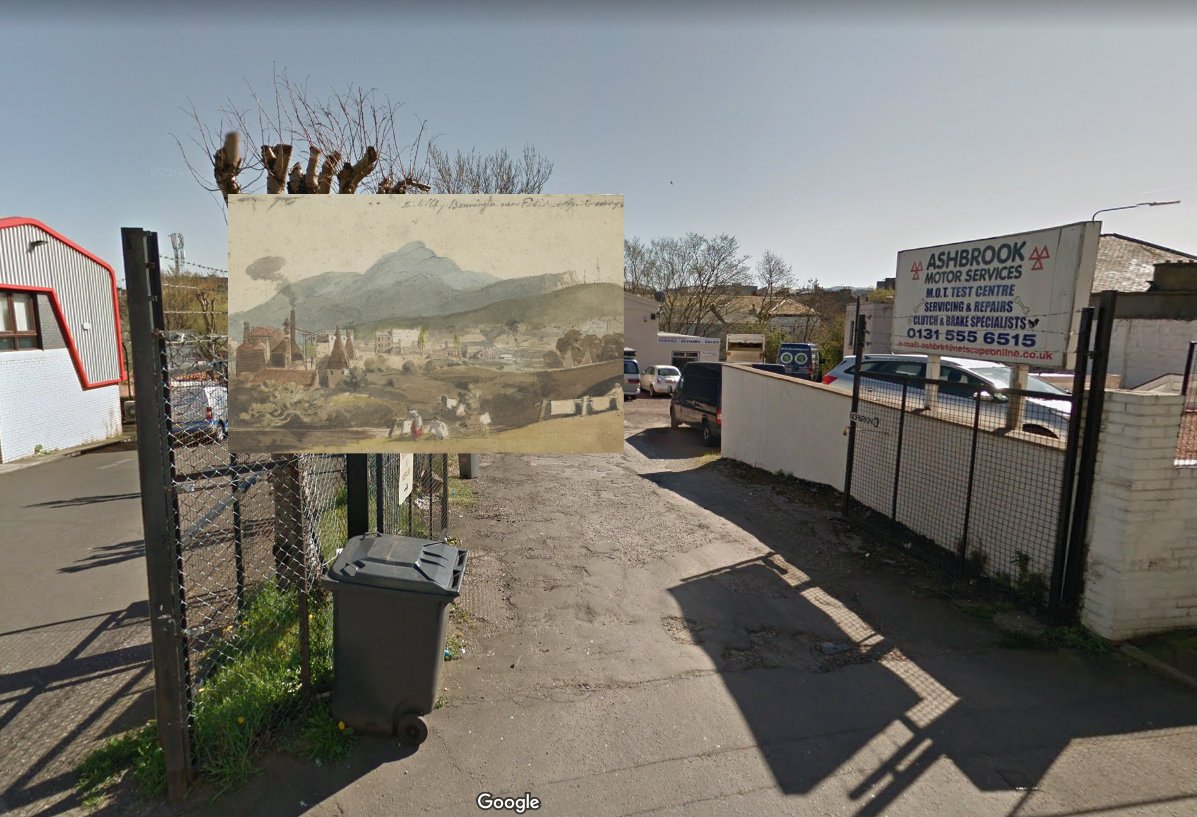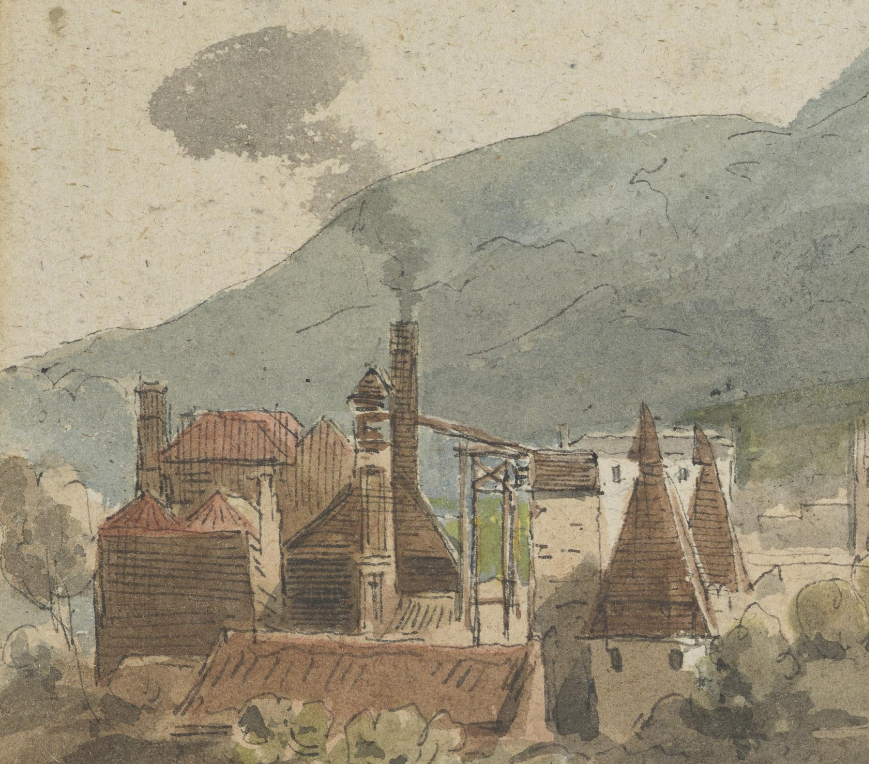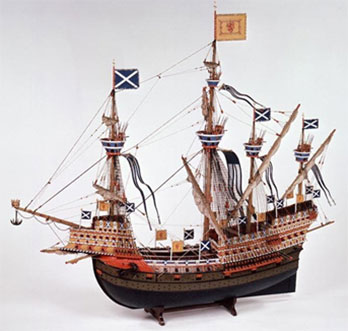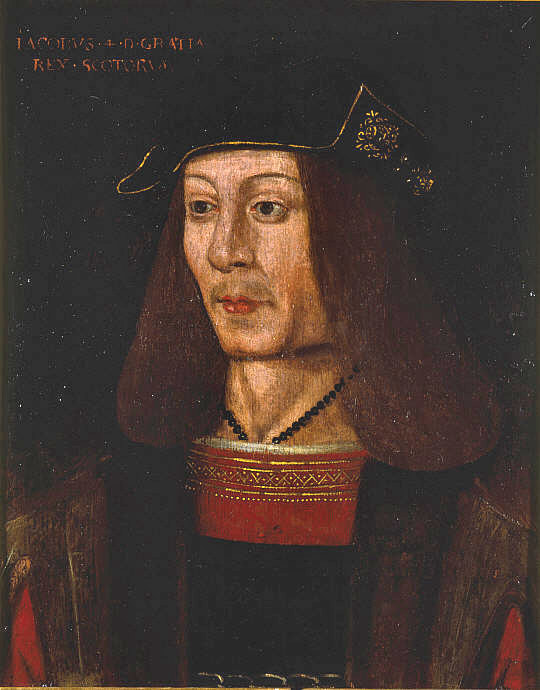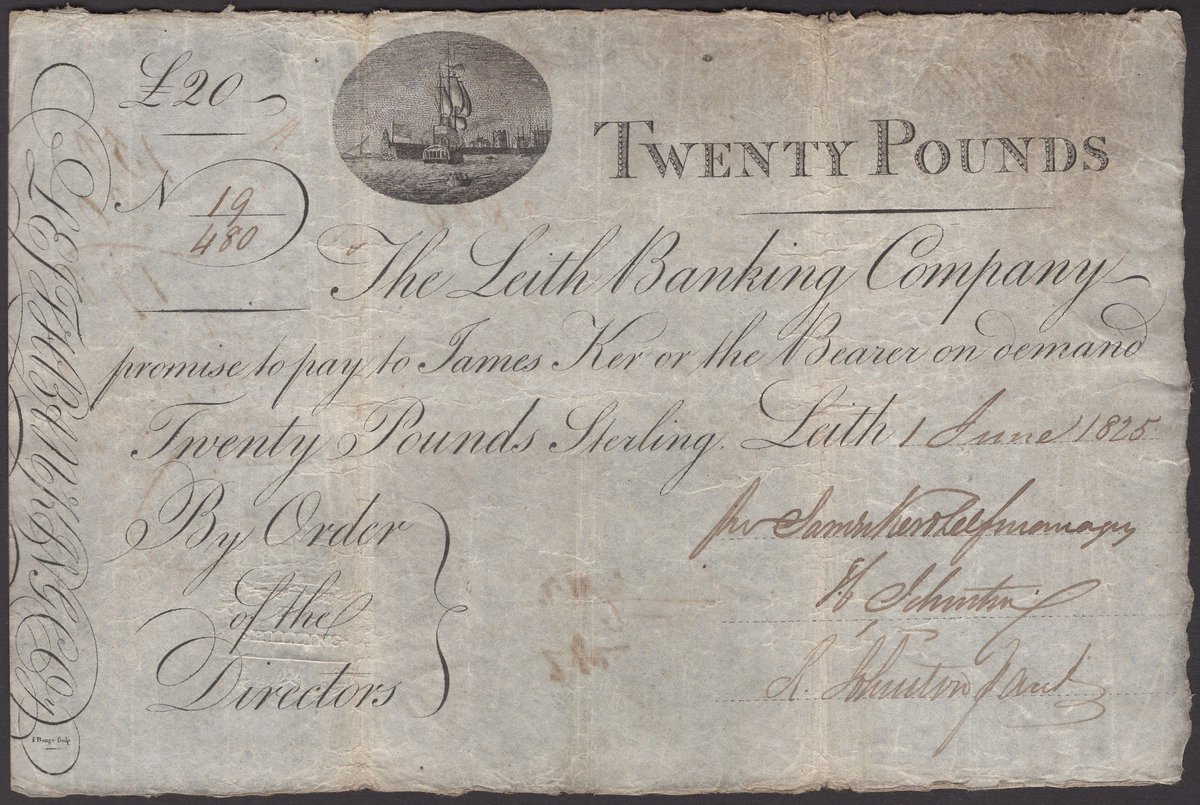
OK. Feedback required on the morality matrix of Stovies.
https://twitter.com/cocteautriplets/status/1338426039442305026
I think mutton has to always be top left, as it's probably the "most authentic" meat accompaniment if you think about the likely origins of the dish and what people ate. Barfit is a sound central square occupant as it's the starting point around which all other Stovies are built
Corned beef is chaotic as it effectively collapses into a meaty mush when you add it to the pan. Haggis is evil because it is haggis (for the record, I'm very keen on haggis, but it's still evil).
• • •
Missing some Tweet in this thread? You can try to
force a refresh


